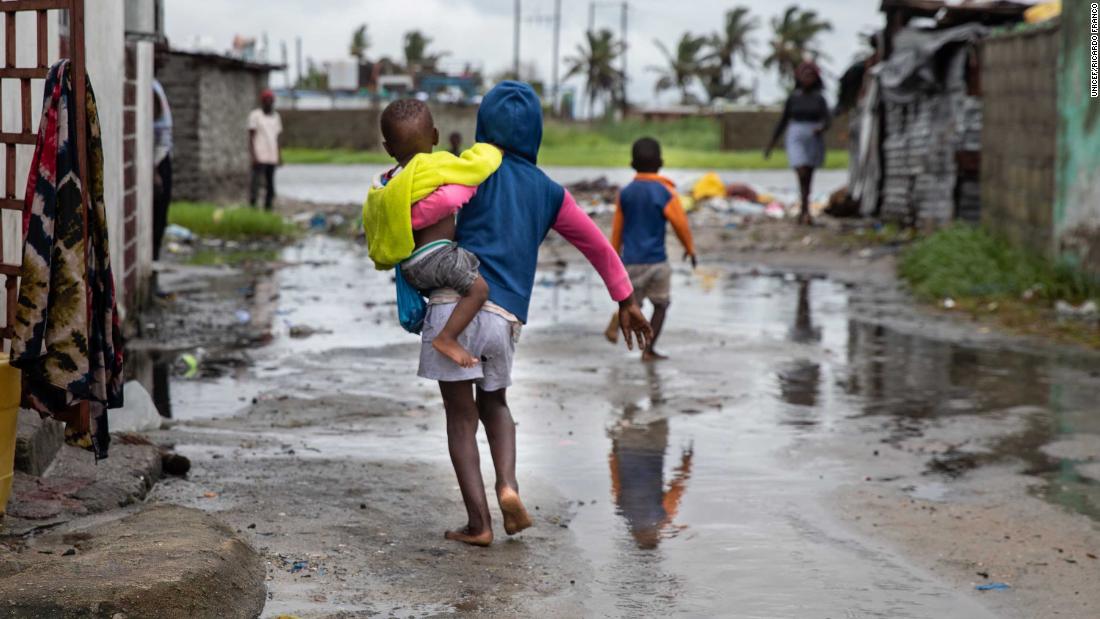
“There have been many millions of people, especially young people, mobilized. We need to raise awareness and create a massive mobilization of people from all over the world. This is the only way to win and we are going to take action and deal with crises,” he said. .
The ten most at-risk countries were in Africa, with the Central African Republic, Chad and Nigeria most vulnerable.
The index identified 33 countries as extremely high risk and found a “disconnect” between where most greenhouse gases were emitted and where children were most at risk of having the most significant impacts.
“Climate change is deeply inequitable. While no child is responsible for rising global temperatures, they will pay the highest costs. Children in less responsible countries will suffer the most,” said UNICEF Executive Director Henrietta Fore, in a statement.
The 33 countries with extremely high risk collectively emit only 9% of the world’s carbon dioxide (CO2), while the ten countries that emitted the most accounted for almost 70% of CO2 emissions, according to the report.
India was the only country to record high CO2 emissions and had an extremely high risk. Although it is responsible for more than 7% of global CO2 emissions, it has a large population of more than 1.3 billion people and its per capita emissions are only 1.8 metric tons.
Children in Iceland, Luxembourg and New Zealand were at lower risk. These countries have a small population, but, per capita, Iceland and New Zealand emit more than 6 metric tons of global emissions, while in Luxembourg they are more than 15, in the pair of Americans, Canadians, Saudis and Australians.
Zimbabwe climate activist Nkosilathi Nyathi said in the video that climate change was “very personal” to him and that the people of his village, especially farmers, were struggling with an unpredictable climate.
“If the climate continues like this, it could cause a serious crisis in my community. Young people are the most precious natural resource in the world. I want to call on policy makers and decision makers to include us in all aspects. of the development they have to do with our future, because there can be nothing for us without us. “
The report also indicated that one billion children are highly exposed to extremely high levels of air pollution.
He also found that:
- 240 million children are highly exposed to coastal flooding
- 400 million children are highly exposed to cyclones
- 820 million children are highly exposed to heat waves
- 920 million children are highly exposed to water scarcity
Almost every child in the world faces risk at least a climatic and environmental danger, but the index shows that some of the most affected countries “face multiple and often overlapping shocks that threaten the erosion of progress in the development and deepening of child deprivation.” UNICEF said.
The agency said it was calling on governments around the world to take more action on the climate crisis and to include young people in all climate negotiations and decisions at all levels, including the November 26 COP26 climate talks in Glasgow.
Fridays for Future said more youth movements like theirs would emerge and continue to expand.
“We need to recognize where we are, treat climate change as the crisis in question, and act with the urgency needed to ensure that today’s children inherit a habitable planet,” the group said.